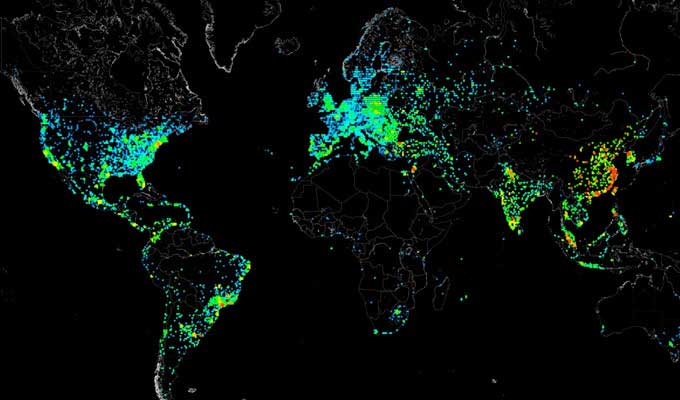How to Scan whole country IP Addresses in a while
2019-04-10
In some phases of information gathering. Pentester do require to scan some of the IP addresses that are most commonly used. As per ethical hacking researcher if International Institute ofRead More →





